Amazing Inks
The Incredible Inks of Espionage

Security inks that glow or fluoresce under UV light.
Counterfeiting
Countermeasures
Forgery is a huge problem. In 2012, an estimated $220 million of counterfeit cash was circulating in the U.S. Luminous security inks are used widely in the security field for preventing forgery of high value documents such as passports, banknotes and ID cards.
Counterfeiting
Statistics

At the end of the American Civil War, ⅓ of all American currency was counterfeit.

3,028 people were arrested for counterfeiting US currency in 2011.

In 1995, less than 1% of US counterfeits came from inkjet printers.
Security ink that becomes visible after being exposed to a stimulus.
Types of Invisible Ink
1. Organic Fluids
Heat + Acid
Acid weakens the paper, causing it to darken or burn when heated
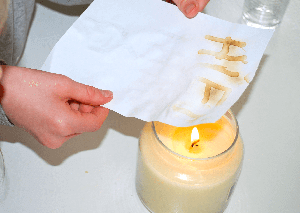

Lemon Juice
+
Heat
2. Sympathetic Inks
Agent + Reagent
Ink is Invisible until reagent reacts chemically with agent
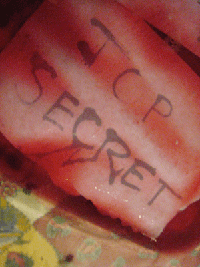

Baking Soda
+
Grape Juice
3. UV-Visible Inks
UV Light + Fluorescent Ink
Ultra Violet light triggers chemical reaction with ink
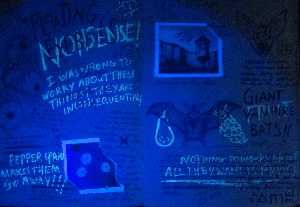

Laundry Detergent
+
UV Light
Espionage + Invisible Inks
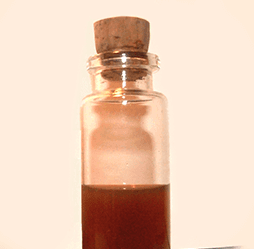
Revolutionary War
Invisible ink was created in 1653 and was used extensively in spycraft during the Revolutionary War.
George Washington used a chemical form of agent and reagent to communicate with his spy ring. When writing to his supplier to request more, he would often refer to the reagent solution as his “medicine”.
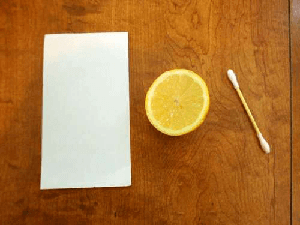
World War I
The US Central Intelligence Agency kept an invisible ink recipe written during World War I secret for over a hundred years, only declassifying it in 2011.
Eleven Germans were captured and executed by the British in 1915 after being discovered with lemons on their persons, or pens with pulp still stuck on the nibs.
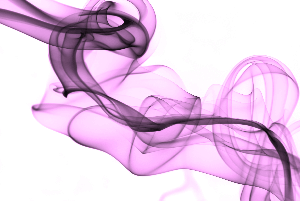
World War II
The Allies in World War II were the first to discover iodine vapor, a solution that turns all invisible inks brown.
Over the course of the war, the US government’s 14,462 censors opened a million pieces of mail a day; 4,600 pieces of mail were forwarded to the government’s labs, and 400 of these items turned out to contain secret writing and codes.
Security inks that change color with a change in temperature.
Types of Color Changing Inks

Thermochromic Inks
Change color in response to variations in temperature

Photochromic Inks
Change color in response to exposure to UV light
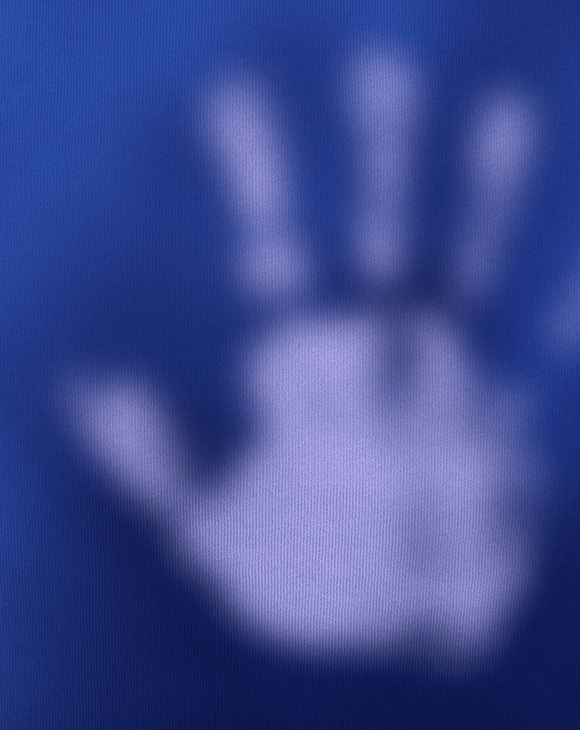

Mood rings of the 1970’s used the wearer’s body heat to signify his or her emotional state. In actuality, all they did was measure the wearer’s temperature.

Giving your Hot Wheels™ a paint job was easy with Color Shifters. Run the car underneath hot or cold water to see a color transformation.

Coors Light™ bottles and cans feature mountains that change from white to blue when temperatures drop to 45 degrees fahrenheit.